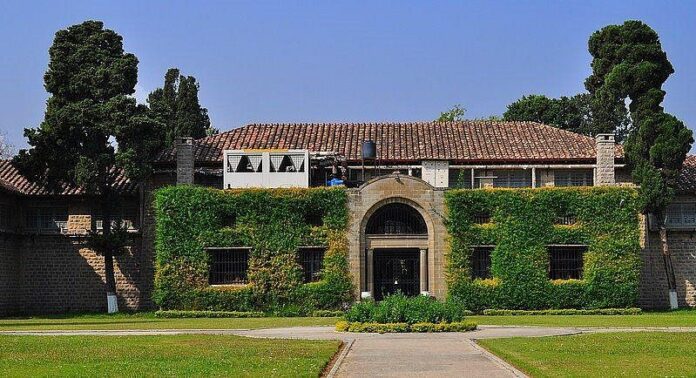UNESCO world heritage site in Pakistan, Taxila Museum, holds an enriched collection of historical artifacts, stones, and sculptures. The Museum boasts its exquisite collection of Gandhara civilization and Buddhist art. Taxila Museum is a truly fascinating place, especially for history lovers.
Sir Alexander Cunningham discovered some remains of the historical place of Taxila. UNESCO then included the Museum in its world heritage sites in 1980.
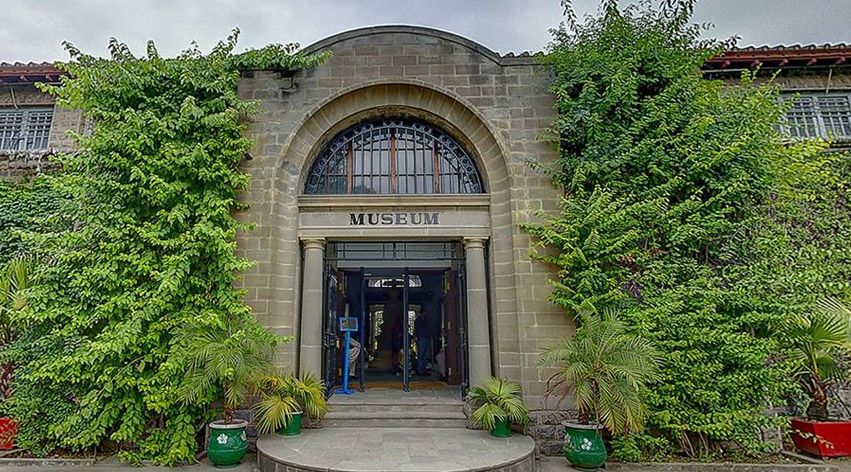
Location
Taxila Museum Location is in the middle of many archaeological sites in Taxila. The collection presented in the Museum was collected from the excavated sites of Taxila valley. There are almost 7000 artifacts put in view currently, and more than 30000 artifacts are preserved. The vast collection of the Museum is described in detail below.
The Artefacts
Stone Sculptures
The stone sculptures displayed are from the 1st to 3rd century A.D. The collection is shown in the central main hall. The biggest sculpture in the Museum is of Gautama Buddha, who is known as the founder of Buddhism. There are also individual sculptures of other buddhas, Siddhartha, Padmapani, Matriya, and Greek deities. Also, explore the relic caskets and some other architectural elements.
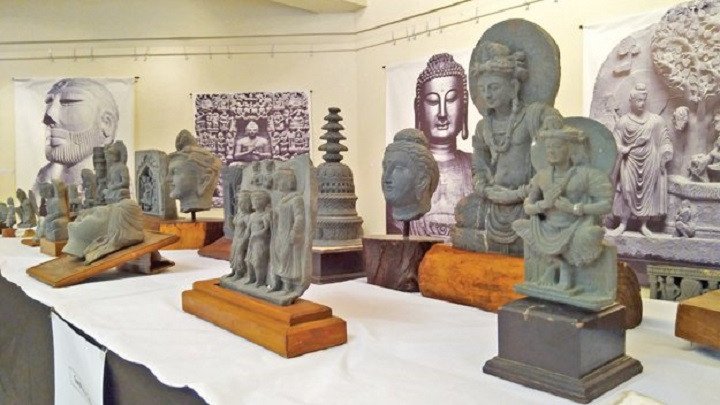
Stucco and terracotta sculptures
Stucco and terracotta sculptures from the 1st to 5th century A.D. are marvelous collections in the Museum. These Stucco sculpture is manufactured from sand and lime or sand and gypsum. The sculptures also represent the modeling art introduced by the Sakas of Persians. The splendid collection of stucco and terracotta sculptures includes Buddha bodhisattvas monks, lay worshippers, Hindu ascetics, a unique death scene of Mahaparinivana, and other architectural elements presented in the northern gallery.
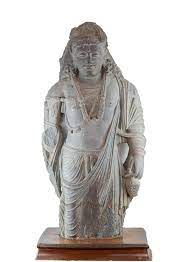
Gold and Silver Jewelry
An exquisite collection of gold and silver jewelry from the 3rd century B.C. to the 1st century A.D. is preserved in the Museum. Visit the unique historical collection of ear pendants, girdles, necklaces, belts, breast chains, amulets, bracelets, anklets, bangles, torques, and finger rings.
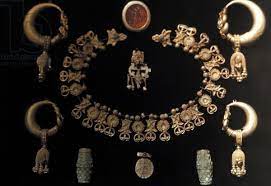
Coins
An extensive collection of coins indicates the period of the 6th century B.C. to the 5th century A.D. The collection includes punch-marked coins from the Moriyan period to Indo-Greek, Parthian, Scythian, Sassanian, Kushans, and Kidara Kushans. The coins from White Huns and Ephthalitis, marking the era of 40 – 510 AD, are a must-watch collection. These coins were made from copper, gold, and silver. They represent a multitude of kings and their eras.
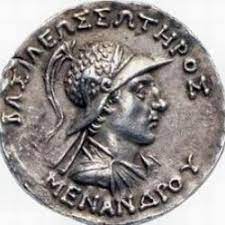
Pottery
Pottery is another vast collection from the era of the 6th century B.C. to the 5th century A.D. There are many storage jars, wine vessels, cooking pots, goblets, flasks, handled jugs, dishes, bowls, and water condensers shown in the Museum.
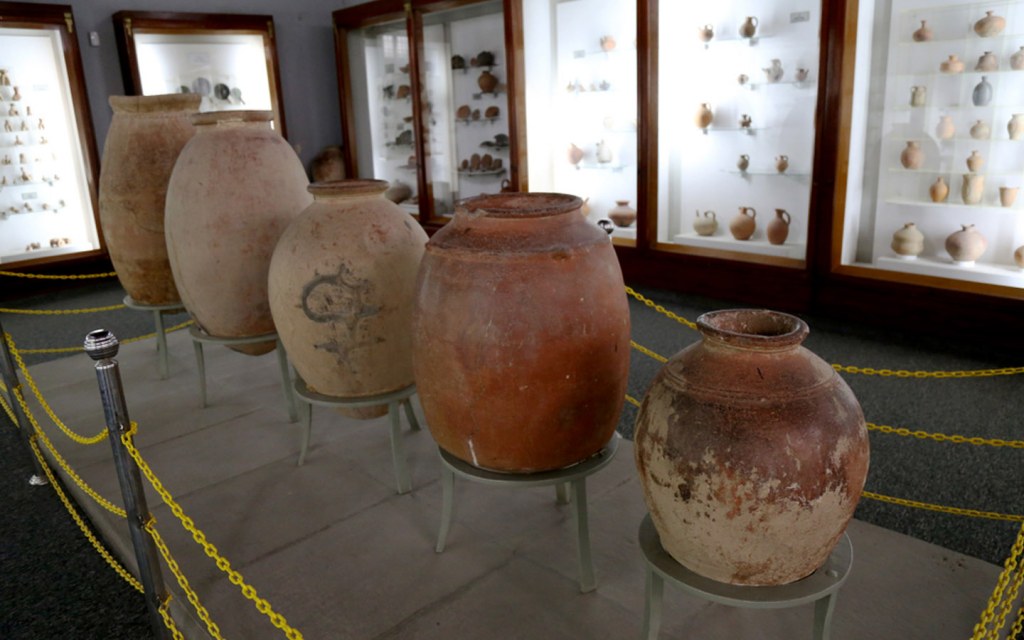
Inscription and Writing Material
Many past inscriptions are displayed in the Museum in Brahmi, Kharoshthi, and Aramaic languages. A unique Aramaic inscription built-in Sirkap wall mentions King Ashoka, his queen, and his sons. Brahmi scripts on the birchbark pieces were retrieved from Jaulian Monastery, and the kharoshthi scripts are the original scripts of the Gandhara civilization. The inscriptions are written on cornice pieces or pedestals of statues. Many potteries and stone and copper writings are also excavated from the remains and displayed in the Museum.
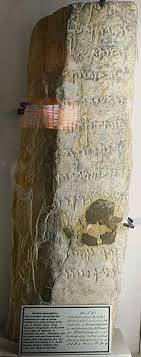
War Weapons
There are many war weapons from the period of the 1st – 5th century A.D. in the Museum. The place was the ground of many wars between the alluvial plains and central Asia. War weapons, including swords, arrowheads, spearheads, javelins, armor, and daggers, are shown in the Museum.

Metal Wares and Others
Some metal objects of silver, bronze, and copper are also present at the Museum, reflecting the history. They include spoons, cooking pots, cups, and other household items. Some decorative pieces are also representing history.
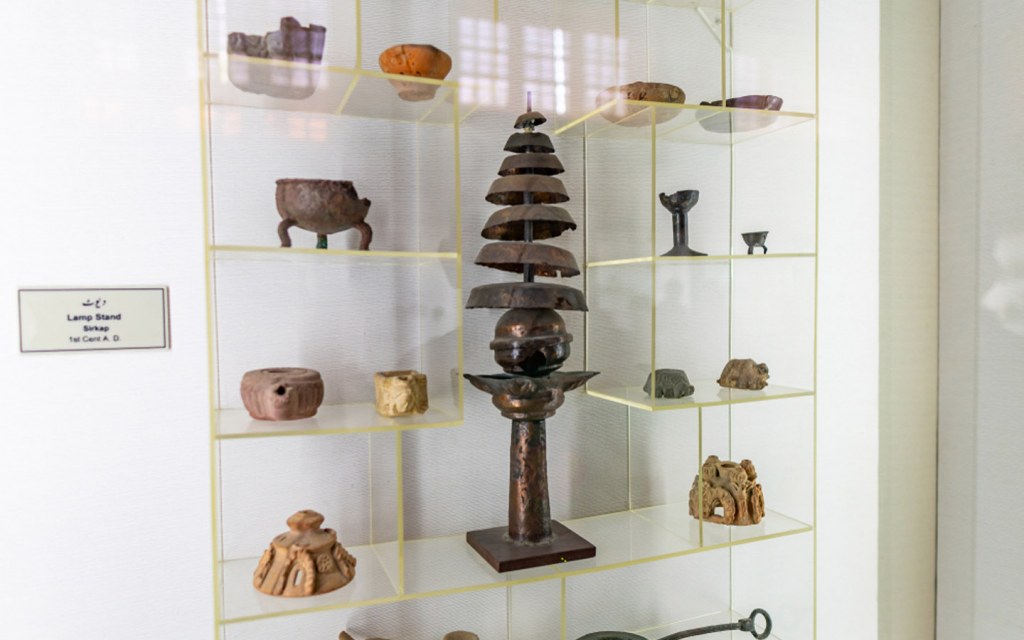
Museum Timings
Taxila museum times are 9 am to 12:30 pm and 2:30 pm to 4 pm daily. Taxila museum entry fee is 20 Rs for locals and 500 Rs for foreign visitors. There are guides in the Museum for narrating the history and importance of objects.
The article sums up everything you need to know about Taxila Museum.


